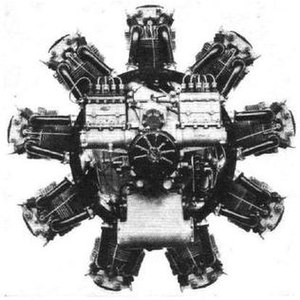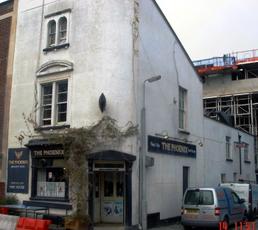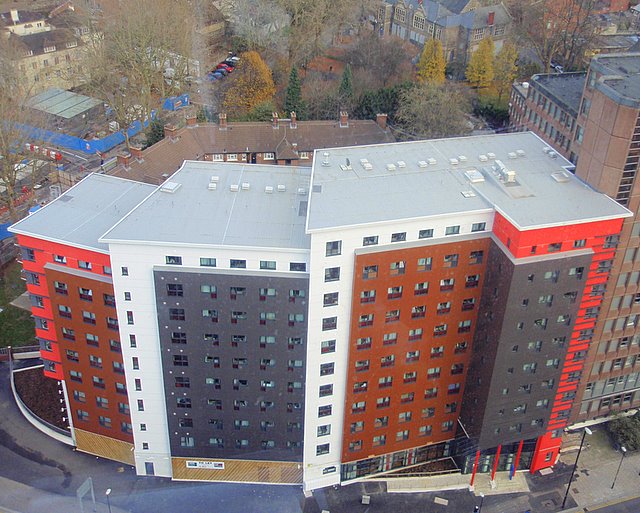Bristol Phoenix
The Bristol Phoenix was an air-cooled 9-cylinder radial engine of the British manufacturer Bristol Aeroplane Company. It was built for experimental purposes, to examine the applicability of the method for diesel aircraft engines. In order to improve the level of performance a loader was grown.
History
As an output pattern of the Bristol Pegasus, whose structure and dimensions were retained served. The experiments with the first version of the Phoenix ( Mk I) have already been taken in 1928. The fuel supply anxious two -line injection pumps, the einspritzten directly into the combustion chambers of four or five cylinders.
1932 an improved version ( Mk IIM ) was built with a stronger charge and tested in 1933 in a Westland Wapiti. The aircraft with the RAF serial J9102 reached with this engine on May 11, 1934 flight altitude of 8367 m. This was a world record for aircraft with diesel engines, which in 1939 had lasted until the outbreak of World War 2.
When comparing the flight performance compared to a normal Bristol Jupiter VIIIf the Phoenix reached a 4% higher cruising speed at the same time reduced by 35 % consumption.
As had already been mass-produced Bristol Pegasus but now significantly improved in both the performance as well as in consumption, further experiments were terminated.
Specifications ( Mk IIM )
- Bore: 146 mm
- Stroke: 190.5 mm
- Displacement: 28.7 l
- Compression ratio: 14:1
- Propellers reduction: 0.5:1
- Diameter: 1381 mm
- Length: 1111 mm
- Continuous power: 470 hp
Swell
- "British Piston Aero Engines and Their Aircraft ," Alec Lumsden, ISBN 1853102946










